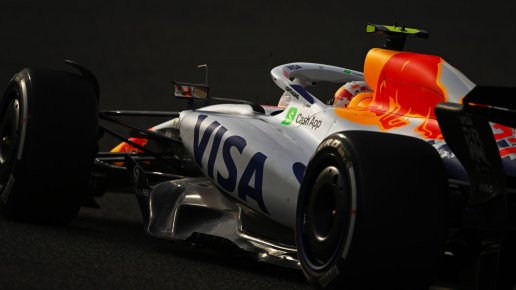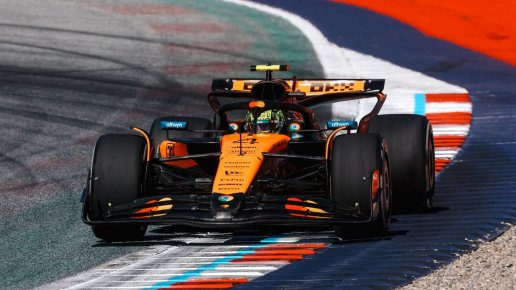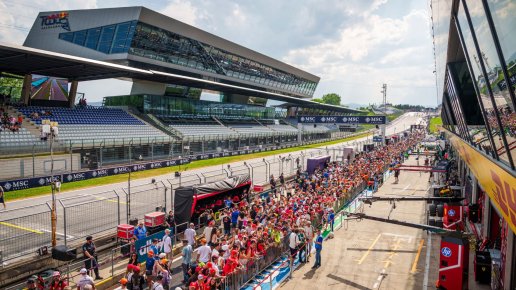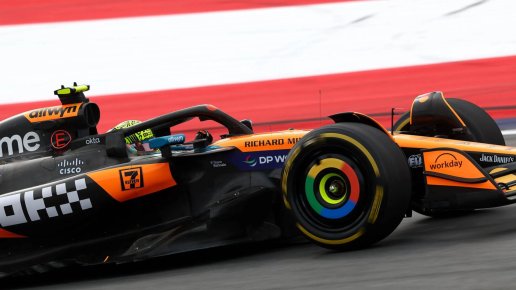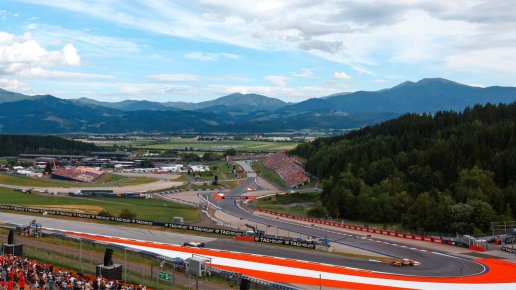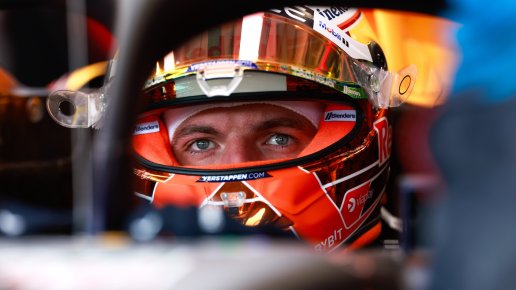
FIA Investigates McLaren's 'Mini-DRS' Rear Wing Following Azerbaijan Grand Prix Controversy
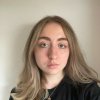
The FIA is reviewing potential rule violations regarding flexible rear wings in Formula 1, sparked by McLaren's controversial 'mini-DRS' design. Following concerns raised after the Azerbaijan Grand Prix, where McLaren's rear wing was seen flexing at high speeds, rival teams have demanded clarification on acceptable flexibility limits. As the FIA analyzes data ahead of the Singapore GP, questions remain about whether the design complies with current regulations.
F1 & MotoGP news to your inbox every day.
The FIA is considering taking action on the potential issue of flexible rear wings in Formula 1, following the controversy surrounding McLaren’s so-called "mini-DRS."
McLaren’s rear wing gained attention after the Azerbaijan Grand Prix when onboard footage revealed that the top element of the wing appeared to tilt backward at high speeds, increasing the slot gap. This design likely reduces drag and increases top speed, leading to it being labeled as a "mini-DRS."
Rival teams immediately took notice, prompting calls for clarification about what constitutes acceptable rear wing flexibility.
Ahead of the Singapore Grand Prix, the FIA announced it is reviewing data gathered from Baku to determine if any action is necessary. In a statement, the FIA said: "The FIA is closely monitoring bodywork flexibility on all cars and reserves the right to request modifications at any point during the season. However, if a team passes all deflection tests and complies with the regulations and technical directives, it is deemed in full compliance, and no further action will be taken.
"The FIA is currently reviewing data and additional evidence from the Baku GP and is considering any necessary measures for future implementation. This is part of the standard process of scrutineering technical legality, and the FIA can introduce regulatory changes during the season if required."
Although McLaren’s rear wing passed the mandatory deflection tests in Baku, the debate centers on whether designing a wing to flex as it does violates FIA guidelines on acceptable flexibility.
The FIA’s technical directive on flexing wings clarifies that certain behaviors will not be tolerated, even if the wing passes legal checks in the pits. The directive specifies that designs with structural characteristics altered by secondary factors, like aerodynamic load or temperature, which produce different deflection during racing, are not considered legal.
Team bosses are closely watching McLaren’s developments, seeking clearer definitions of acceptable flexibility. One team boss remarked: "Aero elasticity has been a factor for many years. Even if a wing passes the FIA test, the regulations are clear—the component cannot be designed to flex. It's now up to the FIA to decide where the boundaries lie."
Although McLaren is at the center of this scrutiny, it is believed that other teams’ rear wing designs are also being examined for similar flexing or slot gap adjustments.

